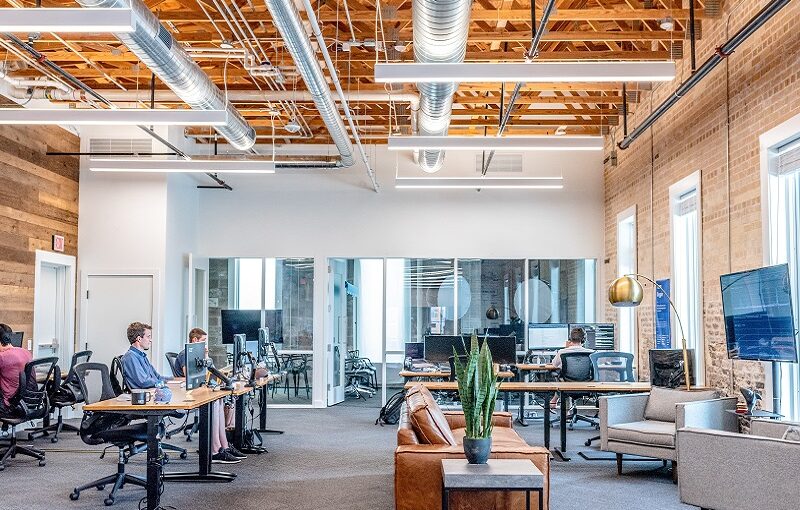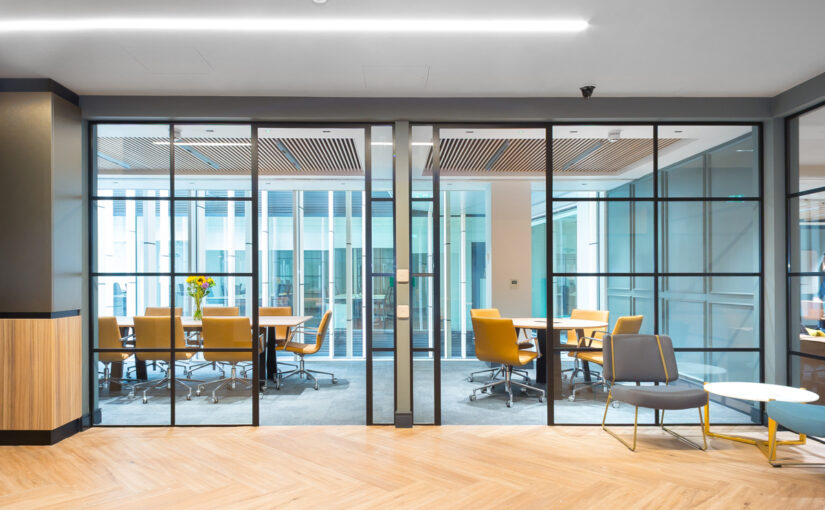The pandemic may be over, but many companies are still encountering the upheaval of remote working. Employees have mixed views which have left business owners with decisions to make and solutions to find.
A survey published by the World Economic Forum (WEF) revealed that people working from home fared better than many expected. Productivity was stable, parents were able to spend more time with their families and the woes of commuting were eradicated.
Most glaringly the WEF forum highlighted employees have mixed views – and strong views – on remote working.
- 66% of the respondents surveyed confirmed they prefer flexible working arrangements and said they wanted to continue working from home once the pandemic is over.
- Almost a third are prepared to quit their job if the company they work for does not offer the flexibility of remote working.
Employees that favour remote working are generally mothers with school-age children, those under 35 that want work-life balance and people with higher incomes.
People that advocate for a full-time return to the office are employees that prefer to be around their workmates or feel isolated and lonely working from home. They are usually single.
What are the Pros and Cons of remote working?
Media reports about remote working are mixed. Some say employees prefer working from home, others say the majority prefer the office. HR managers have said that encouraging employees to work in the office full-time is becoming increasingly difficult.
The happy-medium seems to be hybrid working whereby employees spend two or three days in the office and two or three days at home. The alternative is that employees that like to be around other people find a company in coffee shops or coworking spaces.
A hybrid model works for both parties as well. Whilst a distributed workforce is more difficult to manage, it does allow companies to cut the costs involved in renting office space. And because employees spend less money on commuting and office day lunches, there is an opportunity to lower salaries.
Advantages
Better work-life balance
More freedom
Improved employee satisfaction
Reduction of infrastructure costs
Increase in productivity
Less commuting
Disadvantages
Lack of personal connection
Loneliness and isolation
Zoom fatigue
Challenges with collaboration
Advantages of Coworking Spaces
In order to accommodate an entirely happy workforce and foster the advantages that remote working offers, consider coworking spaces. There are several advantages.
One of the key benefits of renting coworking spaces with BluDesks is it gives you the flexibility your employees want and helps managers to organise a distributed workforce.
There are also opportunities to expand your network with other companies that share the same space – including talented freelancers that may come in useful for one-off projects; web designers, content writers, graphic designers, developers etc.
In addition, coworking spaces typically organise keynote speakers which can provide insights into various aspects of the business including innovation, emerging markets, and trends. This type of professional talks that inform and inspire.
4 Benefits of Coworking Spaces
Reduce Infrastructure Costs
Lowering operational costs can present companies with more opportunities to expand in the market. The money you save can be invested into new product designs or marketing campaigns that expand your reach and visibility.
However, it is worth noting that reduced costs may not always be the case. The majority of coworking spaces tie companies to long-term contracts. Whilst you can pay this on a convenient month-to-month basis, the contracts usually include payments for things you are not using such as desks, private offices and meeting rooms.
BluDesks offer a different solution. All our facilities are available on a pay-as-you-go basis. That means you only need to rent space when you need it, and you only pay for the time you book.
With our model, you have more control over your spending and really can save on overheads. What’s more, we host multiple coworking spaces on our website that you can book with a single membership pass and one login.
This makes booking office space more convenient and gives you more options to book private offices and meeting rooms anywhere in the city you live. We have registered thousands of coworking offices around the world, so no matter where you are, BluDesks probably has a remote working solution for you.
The coworking spaces on offer are also fully-equipped with various technologies such as wide-screen TVs, overhead projects, printers, photocopiers and charging points. So you won’t need to invest in typically office technology either.
Easier to Collaborate
Whilst cloud-based technologies claim to make it easier for co-workers to collaborate easier in remote locations, the benefits are limited. You can work on the same documents and have quick chats and virtual meetings but beyond that, collaborators miss out on all the benefits of being in the same space.
Companies that are either pivoting to a hybrid model and don’t have enough space to accommodate a dedicated, full-time team, or if you’re doing away with the office and deploying a distributed workforce altogether, coworking spaces bring teammates together.
Face-to-face interactions are typically more productive and innovative than sporadic chats on instant messengers and the odd virtual brainstorm. It’s the conversations and examples that employees have when they’re together which produce the best ideas.
Integrate New Starters
New starters can feel isolated and confused if they are asked to work remotely when starting with a new company. It’s important for businesses and their employees to have a mutual understanding of culture, work preferences and strengths.
People also have an innate need to feel as though they belong. The workplace, therefore, becomes especially important considering the amount of time we spend at work.
Helps to improve potential mental illness
The major complaint with remote working was feeling lonely and isolated. The lack of engagement with other people is not good for mental health or emotional wellbeing.
Without the mental breaks, employees are more likely to suffer from burnout, work less efficiently and take sick leave. Being in solitude for long periods can even make people anxious.
Coworking spaces help to resolve the potential for mental health problems. Studies show that the social aspect of the workplace fosters good mental wellbeing, and the majority of employees that have been surveyed said it was the social interaction with their work colleagues that they missed the most during a lockdown.
Is Remote Working Effective?
It’s perhaps too early to answer the question as to whether remote working is effective or not. Only time will tell. However, the initial signs are that remote working does have benefits for both employers and employees – if you take advantage of solutions like coworking spaces.
BluDesks offers even more advantages to employers and employees, so no matter how you feel about remote working, we are confident we can find solutions that meet the needs of everyone.






